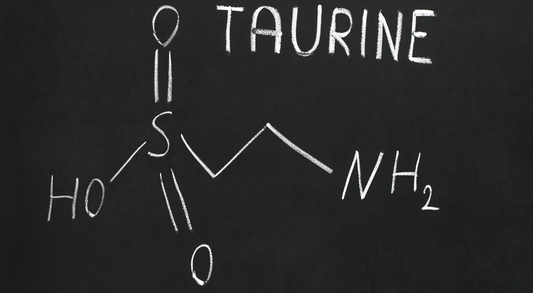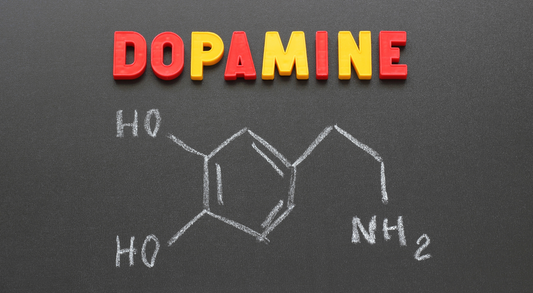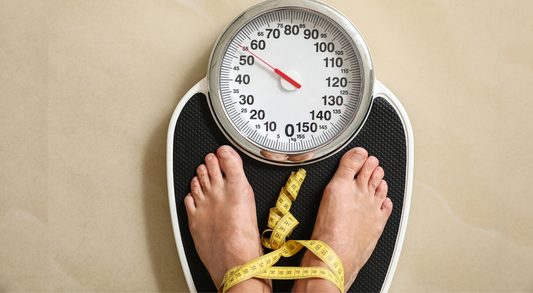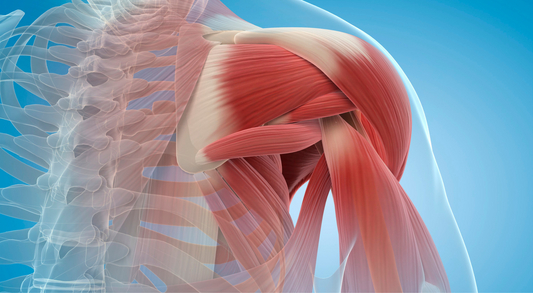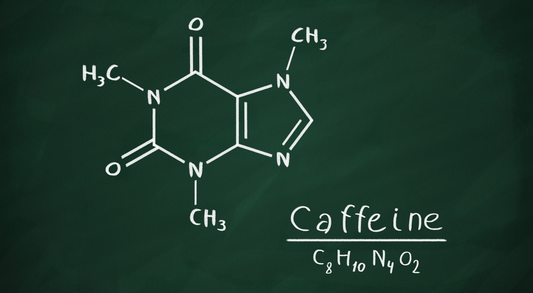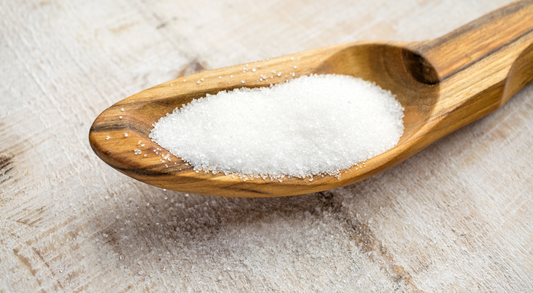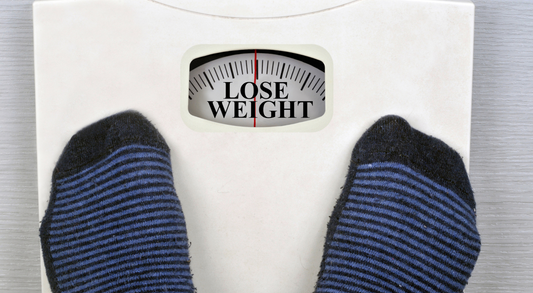Introduction
Strength training, also known as resistance training or weightlifting, is an essential component of a well-rounded fitness routine. While it's commonly associated with building muscle and improving overall strength, many people are curious about its calorie-burning potential. In this blog post, we will dive into the factors that determine how many calories you burn during strength training and how it compares to other forms of exercise.
Factors Affecting Calorie Burn During Strength Training
Several factors influence the number of calories you burn during a strength training session, including:
- Intensity: The more challenging the exercise, the more calories you'll burn. High-intensity strength training, such as lifting heavy weights, performing compound movements, and minimizing rest periods, can significantly increase your calorie expenditure.
- Duration: The length of your workout plays a crucial role in determining the total number of calories burned. Longer sessions will naturally lead to a higher calorie burn.
- Muscle Mass: The more muscle mass you’ve, the higher your resting metabolic rate (RMR) is going to be. This means that individuals with more muscle burn more calories at rest and during exercise.
- Body Weight: Heavier individuals typically burn more calories during exercise, as their bodies require more energy to perform the same movements.
- Gender: On average, men have a higher percentage of muscle mass than women, which results in a higher calorie burn during strength training.
Calorie Burn Comparison: Strength Training vs. Cardio
While strength training is often perceived as less effective for burning calories compared to traditional cardio exercises, this isn't entirely true. The calorie burn during a strength training session might be slightly lower than a high-intensity cardio workout of the same duration. However, the long-term effects on calorie burn and metabolism make strength training an essential component of any weight management or fat loss plan.
Strength training promotes muscle growth, which in turn increases your resting metabolic rate. This means that you'll burn more calories throughout the day, even when you're not exercising. Additionally, a phenomenon known as excess post-exercise oxygen consumption (EPOC) occurs after a challenging strength training session. EPOC, also known as the "afterburn effect," leads to an increased calorie burn for several hours following your workout.
How Many Calories Can You Expect to Burn?
The actual number of calories burned during strength training varies from person to person, but as a general guideline, you can expect to burn approximately 180-260 calories per 30 minutes of moderate to intense strength training. This estimate is based on an average 155-pound individual.
Maximizing Calorie Burn During Strength Training
To get the most out of your strength training sessions and maximize calorie burn, consider incorporating the following strategies:
- Focus on compound exercises: These multi-joint movements, such as bench presses, deadlifts, and squats, engage multiple muscle groups at once, leading to a higher calorie burn.
- Use circuit training: Perform exercises in a circuit format, moving from one exercise to the next with minimal rest between sets. This keeps your heart rate elevated and increases overall calorie expenditure.
- Incorporate high-intensity intervals: Include high-intensity interval training (HIIT) between strength training sets or exercises to boost your workout's calorie-burning potential.
- Maintain consistency: A consistent strength training routine (2-4 times per week) can help increase muscle mass, which will ultimately contribute to a higher calorie burn during exercise and at rest.
Conclusion
While the number of calories burned during strength training can vary based on individual factors, it's an essential component of a well-rounded fitness routine. Strength training not only helps build muscle and improve overall strength but also contributes to long-term calorie burn through increased muscle mass and the after-burn effect. By focusing on compound exercises, incorporating circuit training, and integrating high-intensity intervals, you can maximize the calorie-burning potential of your strength training sessions.
Remember, a balanced approach to fitness that includes both strength training and cardiovascular exercise is the most effective way to achieve your health and fitness goals. So, don't shy away from lifting weights and challenging your muscles – your body will thank you for the long-term benefits of increased strength, muscle tone, and higher metabolism. Stay consistent, keep pushing yourself, and enjoy the rewards of a well-rounded fitness routine.



















